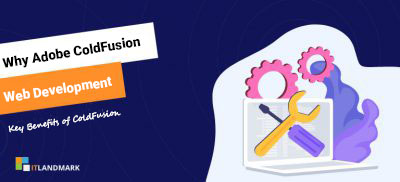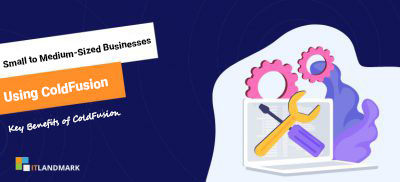
It’s quite often that you’d come across a CIO who doesn’t believe in ColdFusion’s benefits. A lot of developers think that ColdFusion is dying. Currently, CF is older than two decades, which makes it one of the oldest programming languages. Moreover, legacy code has been a major issue for large corporations.
Unfortunately, it means most companies don’t keep their ColdFusion libraries regularly updated. It leads to unnecessary code and less security.
Fortunately, Adobe has been focused on empowering ColdFusion. With its decade-long roadmap, the company aims to build an up-to-date, secure, and modern version of the popular programming language.
What’s on Priority for the Next 10 Years?
It won’t be wrong to say that web socket, a communication protocol, has been getting quite popular. Most people don’t realize, but it has been integrated with ColdFusion since 2011. In order to make ColdFusion relevant in the next decade, Adobe plans to move everything to Cloud.
The world is aiming to become serverless, and Adobe doesn’t want to lose CF behind. For ColdFusion to be a relevant programming language, Adobe is trying to make it a more productive platform.
Multi Cloud Presence on the Cards
Going serverless and focusing on Cloud containerization is the primary goal for Adobe. The ColdFusion team has been working on a multi-cloud platform. The updated version won’t rely on a single Cloud platform but multiple modules to improve efficiency and runtime.
If you’ve been relying on a single Cloud service platform, it means your entire system will be down with any issues in the Cloud. Having a multi-cloud presence is the easiest solution to this problem.
Adobe plans to have a common API interface for all Cloud platforms. This will allow companies to move data and code from one platform to another. Developers won’t have to write code from scratch.
Native Containers and Micro-Services
According to a study conducted by IDC, 55% of companies will have a multi-cloud strategy by 2023. Similarly, most of the applications will be focused on micro-services. There won’t be any need for monolithic applications. Instead, developers will be able to break everything into practical components to be stored into containers. It doesn’t come as a surprise that Adobe is planning to turn CF into a micro-serviced application.
If you’re new to the concept of micro-services, here’s an example. In case you want to update certain pieces of your app, you’ll have to update it entirely.
While using micro-services, that’s not the case.
All issues can be handled separately by figuring out specific areas that need attention. Simply put, you won’t have to write the entire code from scratch. This way, you’ll have higher efficiency and flexibility. Overall, it makes the process more reliable.
The major release ahead is ColdFusion 2020 with the below groundbreaking features. Here is more info on what to expect from Adobe ColdFusion 2020.
- Multi-cloud support
- Improved performance monitoring tools
- Extended support beyond 2025
- Easy to maintain and low cost upgrade
- Many more
For over two decades, ColdFusion has been the most popular choice for programming. Adobe’s backing ensures the language receives regular updates. While the company will focus on a multi-cloud strategy, it also believes in long term commitment for CF as a product.
Currently, Adobe is working on a more powerful version of ColdFusion called Aether. Post the release, it will have extended support till 2025. The next few ColdFusion summits will be interesting to note the progress and the strategy Adobe adopts to rejuvenate ColdFusion.



